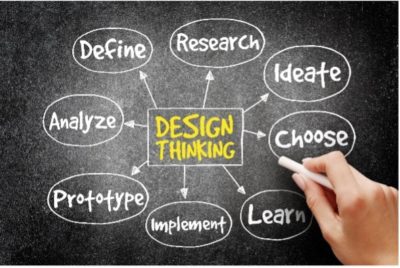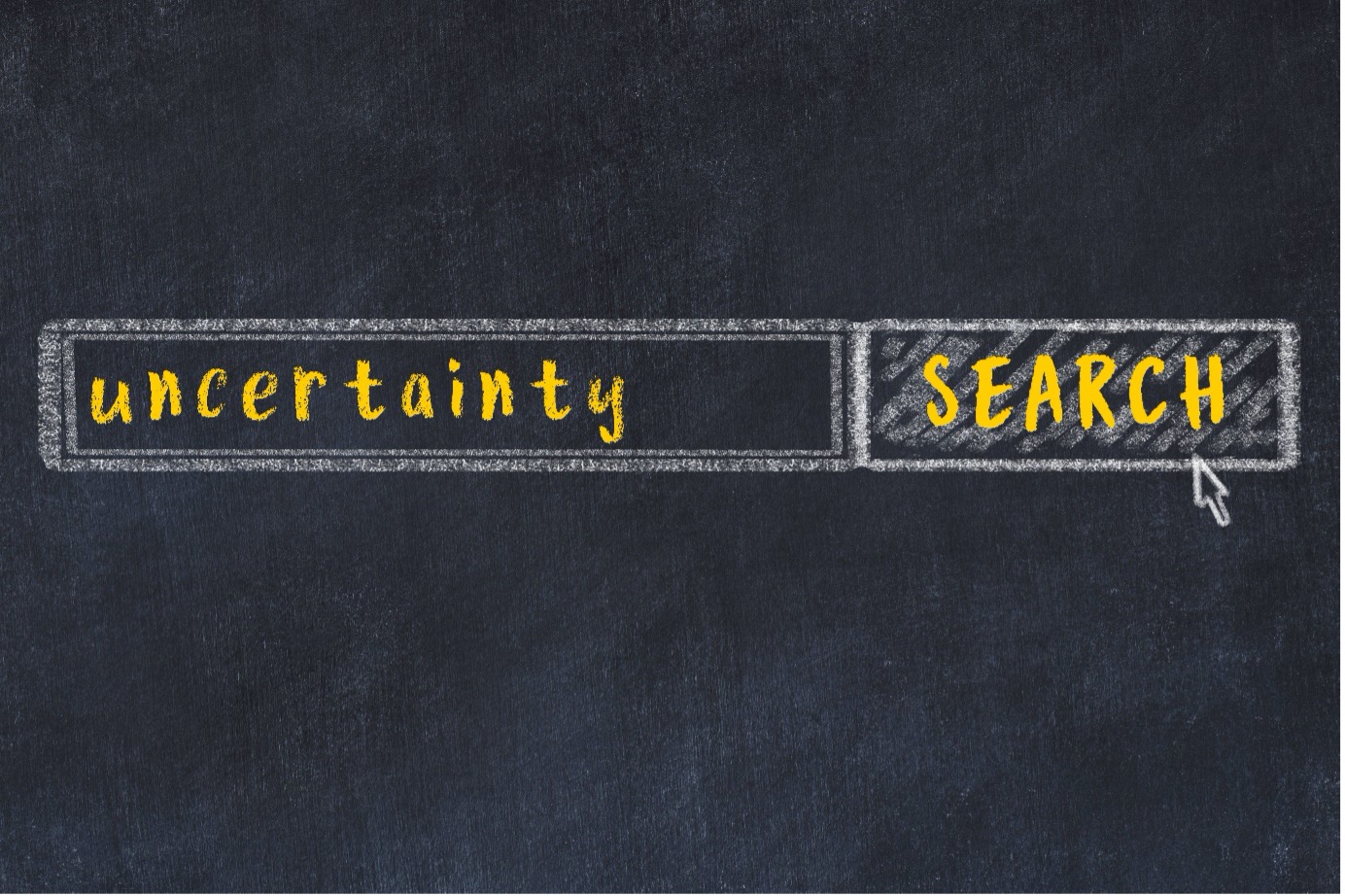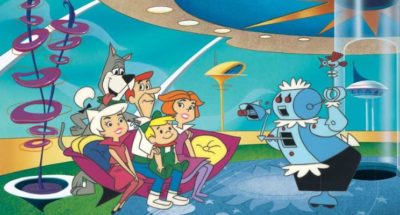When life is already quite chaotic and complex, why prolong that state or pull things apart?
Last month, in the face of global health threats, escalating conflicts, food shortages and exponentially rising cost of living, I decided to fight fire with fire by consolidating ideas from five schools of thought around the ‘how’ and the ‘why’ of seeking the unknown.
If your uncertainty tolerance is at its lowest (you can take the test here), I hope you can find safe refuge and share your thoughts on this post at a later date. If, like me, you are at a point of being simply curious about ‘what’s next?’, I hope you enjoy reading on.
You may recall my Venn diagram that attempted to link embracing impermanence (Buddhism), letting go of control (Stoicism), and welcoming the chaos (physic). This month I’m turning to design thinking and strategic decision-making to answer the question that emerged half-way through the previous post:
When life is already quite chaotic and complex, why prolong that state, or even worse, deliberately pull things apart?
Navigating uncertainty

Pema Chödrön (see Part 1) refers to leaning into the zone of the unknown and sitting in the discomfort of no reference point as the Middle Way. In its original meaning, ‘the middle way’ is a fundamental concept in Buddhism that denotes the resistance of pursuing the extremes of indulgence and ascetism, avoidance and attachment, acceptance and rejection.
The Middle Way is also a helpful metaphor for the state of ‘in-betweenness’ that practitioners of design thinking are intimately familiar with: the state of embracing high ambiguity and uncertainty in search for not only innovative solutions (ideation) but also for better problems to solve (defining the problem).

The latter are identified by pausing solution-seeking all together, questioning the known, and coming up with non-sensical propositions, like including seemingly irrelevant populations into your next market research study (?!), or coming up with a drink that would compete with Coke by tasting worse than it (the Red Bull inception story). Now that’s a mouthful I’m keen to unpack next time! For now, moving on to the 5th element of that diagram: strategy and making choices.
Making choices and moving forward

So how long can we expect to spend at those stages of problem defining and ideation? Anywhere between an hour and a couple of weeks, depending on:
- Complexity of the context
- If you are looking outside your industry
- If you are involving unusual suspects (diverse stakeholders)
- Urgency
Aside from entering into an occasional choice paralysis myself, for a while I felt uncomfortable with the idea that big (high stakes) decisions can be made in the sprint of just five days.
The pragmatism of the approach made complete sense, but it was only after completing ‘Designing Strategy’ with IDEO-U that the lingering discomfort over still making potentially rushed decisions finally dissipated.
- ‘Strategy is about doing’, concluded one of the course participants in her reflection.
- Doing requires making choices.
- ‘Making strategy choices is never easy because it means doing some things at the expense of others’ (Prof Roger Martin, co-author of ‘Designing Strategy’ with IDEO-U).
As a scholar, market researcher and strategic thinker I love data. To me it’s both perplexing and illuminating. To the clients, it reduces uncertainty and boosts confidence in making the right choice. But:
Is it necessary to completely prove a new idea analytically in advance in order to move forward with it?
Roger Martin says not only is it unnecessary but ultimately impossible, precisely because it’s new. The physicists of early 1900s tend to agree, having empirically arrived at the conclusion that 100% certainty can never be achieved.
Strategy is about making difficult choices by reducing the odds and embracing the unknown, remembering that it is also about doing and learning, i.e. trialing, reviewing, re-thinking, testing – iterating for big wins with smaller bets.




